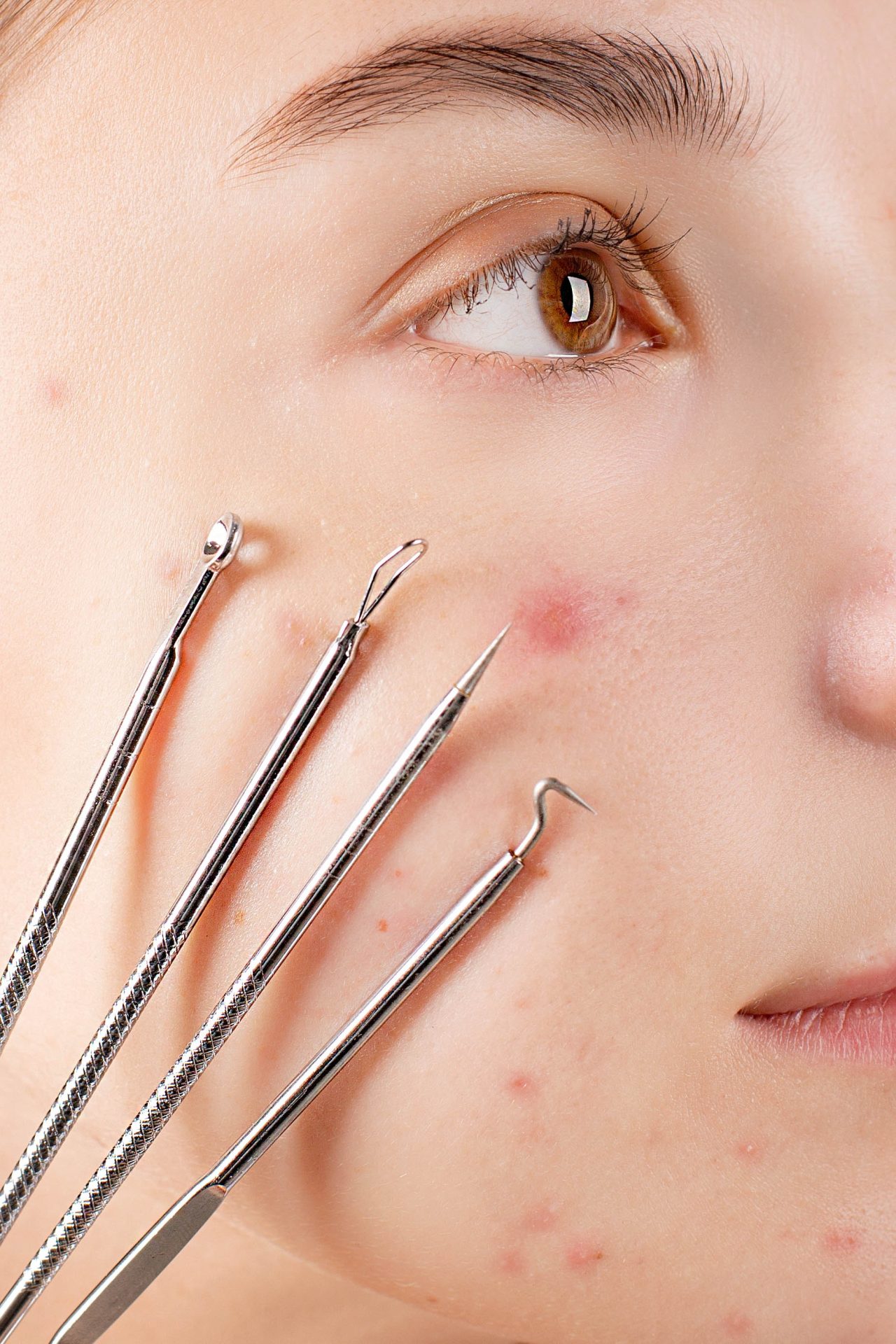How To Treat Folliculitis

Folliculitis is a skin condition that arises when a hair follicle gets blocked or infected by bacteria. These tiny pockets in the skin are absent only in the lips, palms, and soles of the feet. Folliculitis can cause redness and swelling in the hair follicles, commonly occurring in the neck, thighs, buttocks, and armpits but can develop anywhere hair grows. More severe instances would need medical treatment, although lesser ones can often be self-treated.
Symptoms of Folliculitis
The form and severity of the condition affect the symptoms of folliculitis:
- Clusters of small, red bumps that resemble pimples with white heads are common.
- Blisters may form that break, ooze fluid, and crust over.
- In severe cases, large areas of skin may become red, and inflamed, and may ooze pus. These areas may also be tender, painful, and itchy.
Types of Folliculitis
Folliculitis can be classified as either superficial or deep. Superficial folliculitis affects only a portion of the hair follicle, while deep folliculitis affects the entire hair follicle.
Diagnosing Folliculitis
A doctor can diagnose folliculitis by examining your skin and medical history. Further testing is usually unnecessary unless treatment attempts fail. If necessary, a skin sample may be taken with a swab to determine the precise cause of the problem.
Treating Folliculitis
Mild cases of folliculitis may resolve on their own without treatment, but self-care measures can help speed up the healing process and relieve symptoms:
- Warm water and antibacterial soap should be applied twice daily to the affected area, and new towels and cloths should be used each time.
- Apply a warm saltwater solution or white vinegar to the affected skin using a washcloth.
- Apply over-the-counter topical antibiotics to the affected area, and use oatmeal lotion or hydrocortisone cream to relieve itching. Avoid shaving, scratching, or wearing tight or rough clothing on the affected area.
A doctor may recommend one of the following treatments if self-care measures are ineffective:
- Antibiotic cream or pills: These are prescribed if bacteria is causing the folliculitis, and in severe cases, oral antibiotics may be required.
- Antifungal creams, shampoos, or pills: These are prescribed if fungus is the underlying cause.
- Steroid cream: Your physician may prescribe this to reduce swelling.
- Mild folliculitis usually takes two weeks to heal, and warm compresses can be used at home to relieve itching and promote healing.
The normal healing time for mild folliculitis is two weeks. Warm compresses are one self-care tool you may use at home. This could lessen the itchiness and promote recovery.
You can read some related articles here to learn more about Folliculitis.